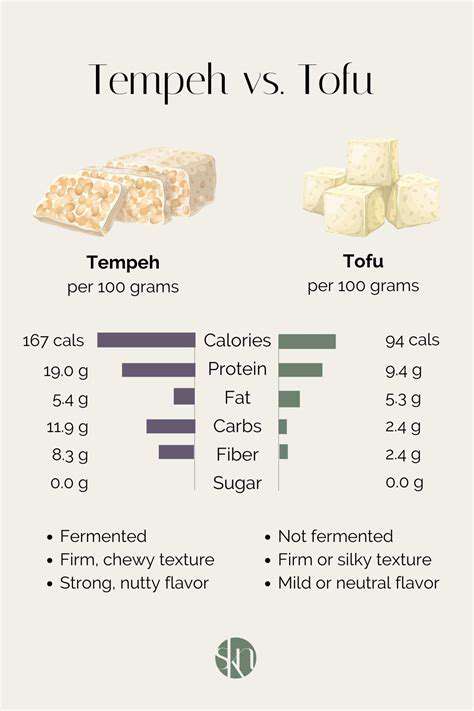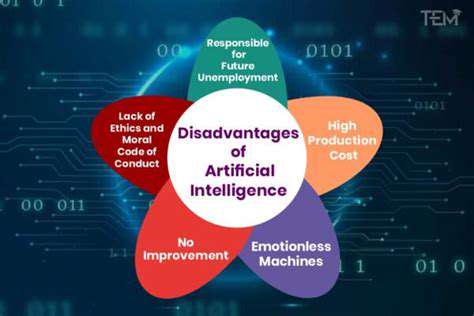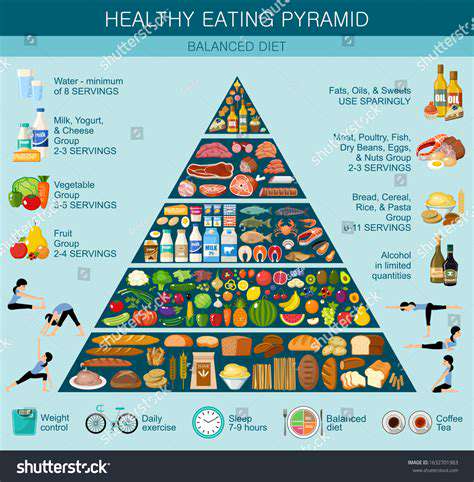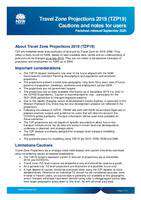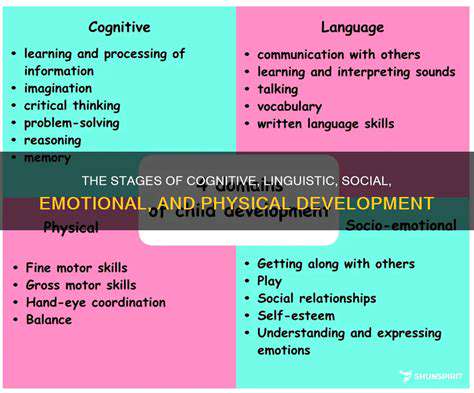The Foundations of Traditional Chinese Medicine

Understanding the Essence of Qi
Qi, a fundamental concept in traditional Chinese medicine, represents the vital life force that animates all living beings. While often translated as breath or energy, its true nature is more nuanced—a dynamic current that sustains physical, mental, and spiritual wellbeing. Traditional Chinese philosophy places this concept at the heart of its holistic health paradigm.
Unlike measurable substances, Qi manifests as a transformative influence—shaping and being shaped by its environment through continuous interaction. This energy system comprises multiple interconnected strands, each contributing distinct qualities to the body's functional harmony. When these energies flow unimpeded, they create the foundation for optimal health.
Qi and the Five Elements
Chinese medical theory links Qi's expression to five elemental phases: wood's expansion, fire's radiance, earth's nourishment, metal's refinement, and water's depth. Each phase governs specific organ networks and emotional states, with Qi imbalances in these systems potentially triggering health disturbances.
Clinicians trained in this system analyze elemental interactions to identify disharmonies. True wellness emerges when Qi circulates freely through all elemental expressions, creating resilient physiological and psychological patterns.
The Circulation of Qi
Meridian pathways serve as Qi's transportation network—invisible channels connecting anatomical structures and surface access points. Blockages or irregularities in these conduits may precipitate functional disturbances throughout the connected systems.
Modern research suggests these pathways may correlate with fascial planes and neural networks. Optimal meridian conductivity appears essential for the body's adaptive responses to environmental challenges and internal changes. Traditional practices focus on maintaining this conductive integrity.
The Role of Diet and Lifestyle in Qi
Nutritional strategies in Chinese medicine emphasize seasonal, locally-sourced foods that resonate with the body's current Qi requirements. Movement practices like Tai Chi and Qigong incorporate breath synchronization to enhance Qi circulation.
Contemporary studies validate that mindful eating patterns combined with moderate exercise significantly influence autonomic nervous system balance—paralleling traditional Qi regulation concepts. Lifestyle rhythm synchronization with natural cycles further supports energetic equilibrium.
Maintaining Qi Balance
Restorative modalities like acupuncture work by modulating Qi flow through strategic point stimulation. Clinical observations suggest these interventions may trigger neuroendocrine responses that restore homeostatic set points.
Emerging research examines how such practices affect gene expression and cellular metabolism. By integrating ancient wisdom with modern science, we're rediscovering physiological mechanisms that may explain Qi's observable therapeutic effects. This convergence offers promising avenues for whole-person healthcare.
The Five Elements and Their Interplay
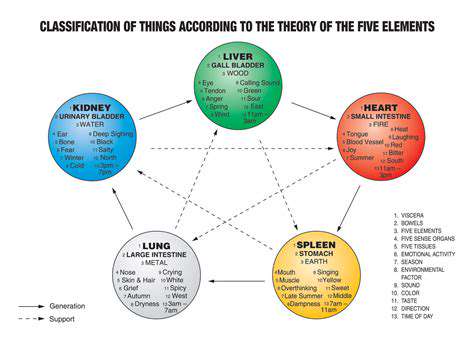
The Wood Element
The Wood phase embodies nature's resurgence—visible in spring's budding growth and humanity's creative impulses. This elemental expression mirrors biological processes of regeneration and adaptive responses. Its energy manifests as the courageous push through resistance—whether physical, emotional, or circumstantial.
Hepatic and biliary functions exemplify Wood's influence, managing detoxification pathways and emotional processing. Contemporary medicine recognizes the liver's role in metabolic regulation and inflammatory modulation—functions aligning with Wood's traditional associations.
The Fire Element
Fire's brilliance represents transformative energy—summer's zenith and human passion's intensity. This phase governs relational warmth, cognitive clarity, and the spark of inspiration. Modern neuroscience identifies parallel processes in the gut-brain axis and cardiovascular-neural integration.
Cardiac and small intestinal functions fall under Fire's domain. Current research continues to uncover the heart's endocrine functions and the enteric nervous system's complexity—validating ancient observations about these systems' interconnected roles.
The Earth Element
Earth energy provides the matrix for all transformation—the digestive crucible where raw materials become life-sustaining nourishment. This phase governs metabolic integration and the formation of structural tissues.
Gastrointestinal and pancreatic functions illustrate Earth's principles, with contemporary science emphasizing the microbiome's critical role in nutrient assimilation and immune regulation. These findings reinforce traditional Earth element associations with foundational health.
The Metal Element
Metal's refining quality appears in autumn's selective process—retaining essentials while releasing surplus. This phase oversees boundary functions and value discernment, operating through pulmonary and colonic systems.
Respiratory and eliminatory functions demonstrate Metal's principles. Modern medicine recognizes these systems' roles in gas exchange, immune defense, and waste processing—processes requiring precise discrimination. Research on pulmonary neuroendocrine cells and gut-associated lymphoid tissue continues to expand our understanding of these ancient correlations.
Yin and Yang: The Dynamic Duo
Understanding the Concept
Yin-Yang theory presents a sophisticated framework for analyzing dynamic equilibrium in biological systems. Rather than opposing forces, they represent complementary modalities of a unified whole—like electrical potential requiring both positive and negative charges.
Yin and Yang in Nature
Natural systems demonstrate this principle through circadian rhythms, seasonal cycles, and ecological balance. The transition between photosynthesis and respiration in plants exemplifies perfect Yin-Yang interchange—daytime energy capture and nighttime energy utilization.
Yin and Yang in the Human Body
Human physiology manifests this duality through anabolic and catabolic processes, parasympathetic and sympathetic tones, and cellular proliferation versus apoptosis. Each system maintains homeostatic balance through continuous adjustment of these complementary aspects.
Maintaining Balance
Health represents a dynamic equilibrium point that shifts according to environmental demands and life stages. Traditional diagnostics assess this balance through multiple parameters—pulse qualities, tongue characteristics, and functional patterns.
Recognizing Imbalances
Contemporary functional medicine parallels this approach by evaluating autonomic balance, inflammatory markers, and metabolic flexibility. Both systems recognize that early imbalance detection allows for more effective intervention.
Restoring Harmony
Modern research validates traditional approaches through studies on acupuncture's effects on brain connectivity, herbal modulation of gene expression, and meditation's impact on telomere maintenance. These findings bridge ancient wisdom with contemporary science.
Beyond the Physical: Emotional and Spiritual Dimensions
Embracing the Inner Landscape
The complete healing paradigm extends beyond mechanistic models to address consciousness itself. Emerging fields like psychoneuroimmunology demonstrate how mental states directly influence physiological processes through complex signaling pathways.
Neuroscientific research on neuroplasticity confirms that focused intention can reshape neural architecture—validating traditional meditation practices. This alignment between ancient and modern understanding creates new possibilities for integrative healthcare.
The Role of Intuition and Inner Wisdom
Cognitive science now investigates non-linear information processing—the gut feeling phenomenon and right hemisphere pattern recognition. These studies illuminate traditional concepts of intuitive knowing beyond rational analysis.
The Spiritual Journey of Transformation
Consciousness studies explore how sustained contemplative practice alters self-perception and relational awareness. These transformations mirror traditional descriptions of enlightenment—a shift from ego-centric to eco-centric awareness.


